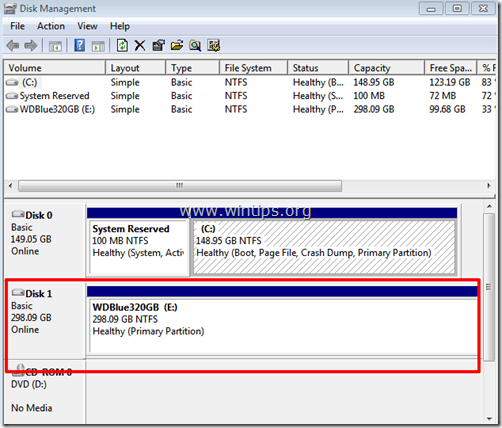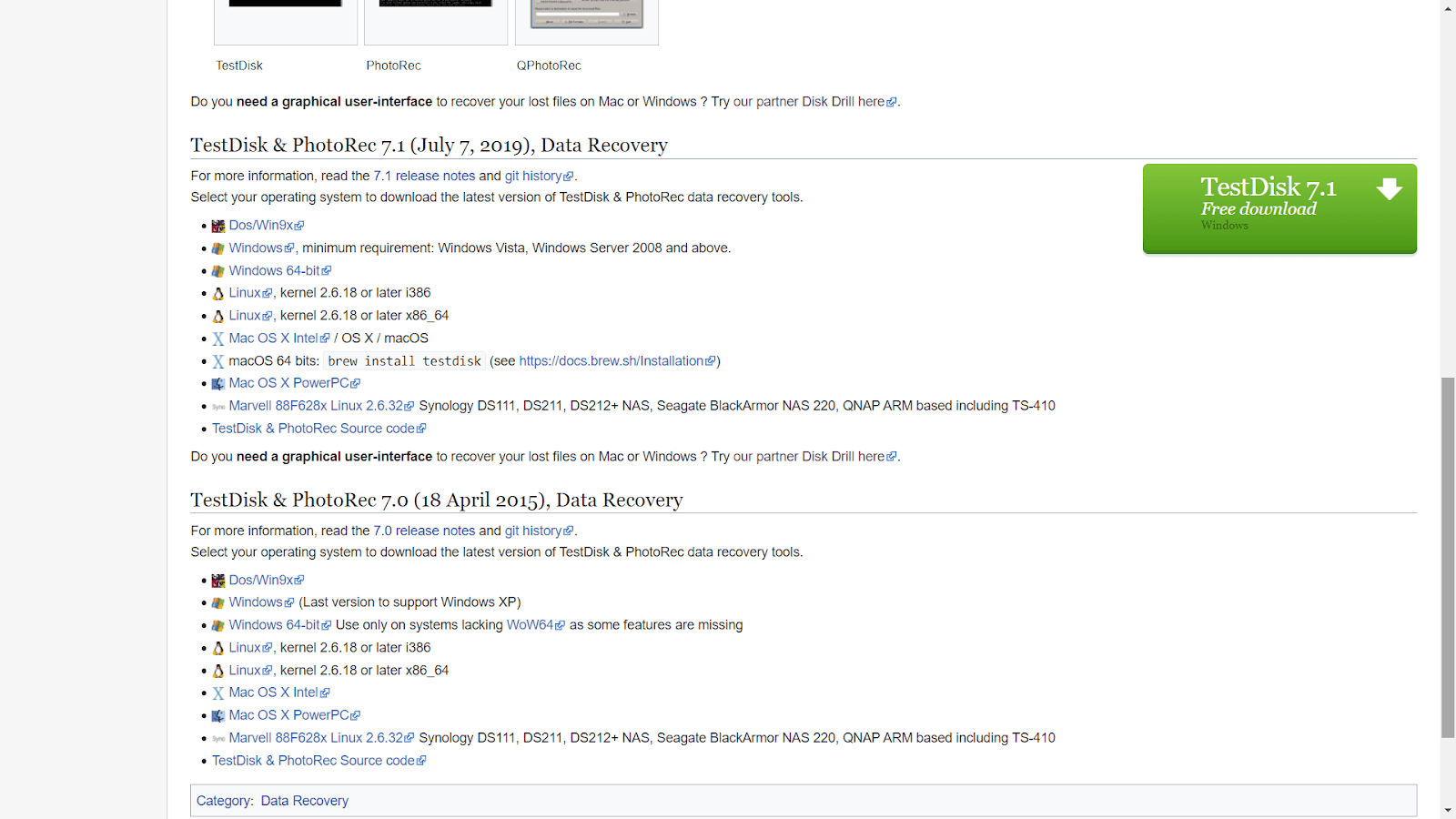

- #USE TESTDISK TO RECOVER DATA HOW TO#
- #USE TESTDISK TO RECOVER DATA INSTALL#
- #USE TESTDISK TO RECOVER DATA SOFTWARE#
You can also download precompiled and statically linked versions for 32- and 64-bit Linux from the TestDisk website. If you want to run testdisk from a very small rescue system, which might not contain all of the filesystem access libraries, you can build a statically linked version using make static instead of make. Which is handled in the scripts used to build the packages of various distributions.
#USE TESTDISK TO RECOVER DATA INSTALL#
It is a good idea to install the corresponding development libraries and include files for as many of the supported filesystems as possible.The build procedure is the standard: wget. With the needed libraries and include files present at build time,TestDisk can read some filesystems – and even filesystem fragments – directly. Ntfs-dev (or better, ntfs-3g-dev since testdisk version 6.12) The TestDisk wiki lists the following as requirements, although some are optional features: This slow uptake on distro packages might be related to the fact that some of the dependencies for building with the new features are also missing in Debian (one of these dependencies is libreiserfs).

Unfortunately,the latest TestDisk version available as an official package in Debian is 6.11. The GPL-licensed TestDisk and PhotoRec also are available as packages inmost current GNU/Linux distros. The current stable version (as of this writing) is 6.12 with NTFS-3G and ReiserFS support, but I’m using the development version 6.13 for my tests, because it has enhanced features, such as improved recovery of video/multimedia files and support for listing NTFS Alternate Data Streams. TestDisk and PhotoRecĬhristophe Grenier initially wrote TestDisk as a partition repair tool under DOS, which explains the DOS-like command-line syntax, with /flag options instead of the Unix-typical -longflag or -shortflag syntax.
#USE TESTDISK TO RECOVER DATA HOW TO#
In this article, I show you how to bring back lost partitions and files with TestDisk. I have to admit that I have also underestimated TestDisk and PhotoRec for a long time, and only recently have I discovered some advanced features that are not all available in the current Debian and Ubuntu TestDisk packages. If you dig a little deeper and read the TestDisk wiki pages,you will soon realize that TestDisk and its colleague PhotoRec are much more than ordinary recovery tools: Together, they are one of the best choices for rescuing data from partly damaged or overwritten filesystems, and they incorporate some of the best features from other data rescue tools, such as the well-known foremost.
#USE TESTDISK TO RECOVER DATA SOFTWARE#
The important ability to restore damaged files is the reason why TestDisk has been part of the Knoppix base software collection for a long time. TestDisk is a name you might associate with a disk performance measuring tool, but Linux experts who specialize in data recovery know that TestDisk is a tool that can restore damaged or overwritten partition tables.


 0 kommentar(er)
0 kommentar(er)
